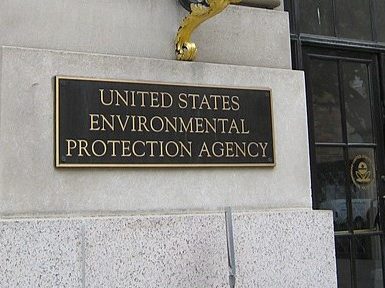A new report from the American Gas Association (AGA) explores how the American hospitality sector relies on natural gas, consuming 300 billion cubic feet in natural gas annually. That means that the U.S. hospitality sector consumes more natural gas each year than the entire state of Maryland, which has a population of 6.16 million people.
One of the primary uses of natural gas within the sector includes restaurants’ use of gas appliances. “Natural gas is not just a utility but an irreplaceable component in many cooking styles,” the report’s authors explain. As cities and states like California have moved to restrict the use of natural gas, many restaurants have been hit with economic hardship.
Such regulations can discourage business and job growth.
The report’s authors cite the example of Ron Salisbury, a California restaurant owner who chose to add a new location in Salt Lake City rather than the business’ hometown in California because of that state’s excessive natural gas regulations. “The future in California doesn’t look good, and Utah, by contrast, looks extremely bright,” he said.
Utah passed a law blocking cities and localities from implementing natural gas bans in 2021. Arizona passed a similar law in 2020. A bipartisan coalition of state legislators worked with then-Gov. Doug Ducey to pass the nation’s first prohibition of natural gas bans. The bill prevented cities and municipalities from restricting the use of natural gas for new buildings.
In addition to direct natural gas consumption by food services and drinking places; arts, entertainment, and recreation; and accommodation, the industry relies on indirect consumption.
Top upstream consumers include sectors such as petrochemical manufacturing, maintenance and repair construction, as well as several agribusiness segments. Limiting natural gas usage throughout the supply stream would have upward price effects on the hospitality industry, raising prices across the board.
“If hotels, restaurants, or amusement parks were restricted from using natural gas, families could see a $500 annual increase in costs,” says Karen Harbert, president and CEO of the AGA. “The U.S. hospitality sector has world-class appeal, attracting guests from all over the world and providing unmatched cuisines and entertainment. Natural gas’ role in enabling those unique experiences may be underappreciated, but it is indispensable.”
Kim Grace Sabow, the president and CEO of the Arizona Lodging and Tourism Association, agrees.
“So much that goes into making Arizona’s world-class properties comfortable and welcoming is out of guests’ view, including the contribution of natural gas,” Grace Sabow said. “Our chefs depend on gas stoves to cook five-star meals, ensure our guests have hot showers and, when the weather turns chilly, gas fireplaces and outdoor fire amenities. Natural gas is essential to a thriving Arizona tourism industry.”
The report is part of a larger project titled the Advancing America Series in which the AGA highlights the critical role natural gas plays in important industries like hospitality and agriculture.
As progressive policymakers move to curtail natural gas, the AGA sees this sort of public information campaign as a useful means of educating the public on what further regulations — let alone bans — on natural gas would mean for consumers.
“All stakeholders, including, state and federal policymakers, consumer protection advocates, and labor advocates, should pay close attention to these findings and the significant impact that restrictions on natural gas could have for so many iconic businesses and destinations,” Harbert said.
















Add comment